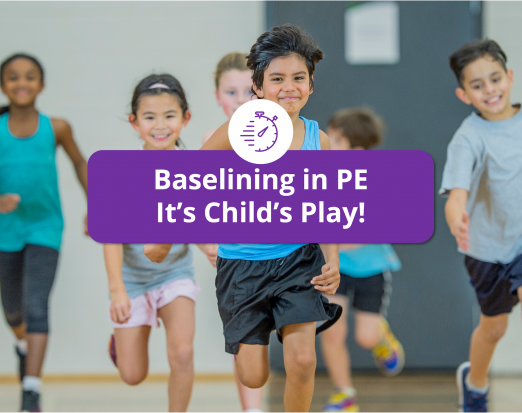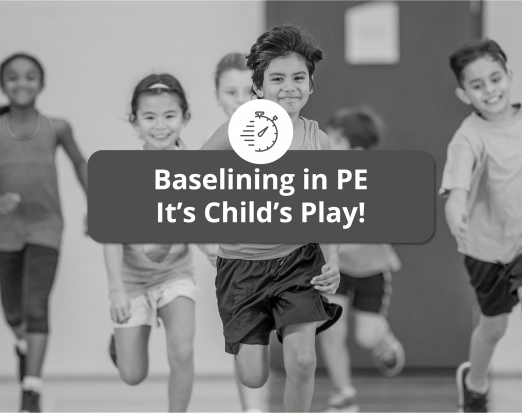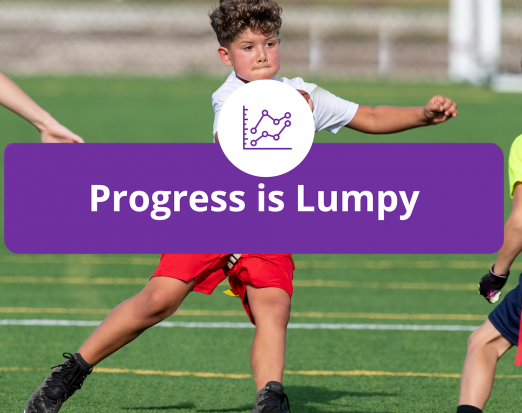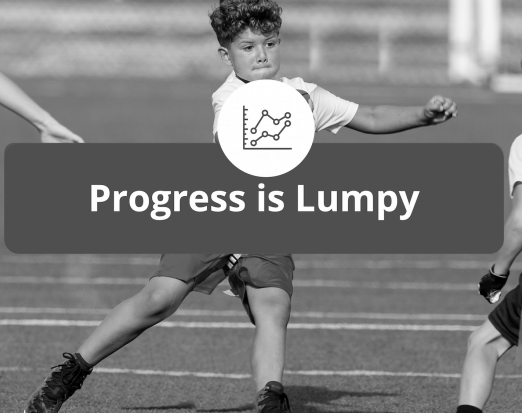Get Sport Ready – Understanding Strength for Activity and Sport

Developing strength is a fundamental quality when wanting to improve other fitness components - power, agility, and speed. Strength is also an important factor when playing sports, for example, jumping and landing in netball, accelerating, and dodging in football, and high-speed running in rugby. Interesting, having a good level of strength may also help to reduce the risk of injuries – an important factor for children and young people, as the injuries rates (overuse and sport-related injuries are increasing).
Strength Explained
Maximum strength can be defined as the maximum amount of strength (force) that can be generated within a muscle or group of muscles during a single contraction. This definition is fine, and universally accepted, however, when applying strength training to children we should view strength as a skill too.
All movements require a level of strength, from walking, running, jumping, dancing to specific sporting skills. Prior to peak height velocity (the period where children grow rapidly), strength and coordination are highly integrated, with children improving their strength through a cascade of neurological adaptations.
Neuromuscular adaptations allow for an increase in strength with minimal changes in muscle mass. Therefore, by giving children the opportunity to explore a range of activities from free-play, dancing, yoga, and bodyweight movements, along with sporting drills, these will drive essential neuromuscular adaptations. As children grow and mature (post-peak height velocity), they will have a change in growth hormones which will help in developing muscles (a change in lean body tissue), which will have a large affect in their strength levels.
Training for Strength
For boys up to the age of ~11 and girls ~9 most strength adaptations will be from the nervous system. For example, recruiting, organising, and changing firing patterns to generate strength, along with other skills, especially balance. Therefore, to promote strength improvements, the children need a range of activities, along with a multi-sport/multi-activity approach. The below activities are great example that will support with strength improvements in children -
- Movement skills
- Dance movements and patterns
- Yoga
- Bodyweight exercises
- Sport Skills
As the children learn and develop (through post-peak height velocity – usually post 11 for boys and 9 for girls) the body requires a new level of training to further develop strength. Adding external resistance, for example, medicine balls, kettlebells, dumbbells, as this drives further neuromuscular adaptations.
- Movement skills
- Bodyweight exercises
- Medicine Ball and kettlebell exercises
- Plyometrics
- Sport Skills
It is extremely common for children to use their sport as their training, especially through a single sport. Remember, a long-term athletic development programme is developing children over a relatively long period of time, and it’s the accumulation of training which is arguable the most important factor, as this promotes skill development and robustness.
Research has shown that if strength training (activities) in young children stops, their strength may level start to decline, again, more common with playing one sport (sport specialisation). Interestingly, the decline in strength levels quickly revert to pre-training levels within as little as eight weeks.
Our goal is to develop effective movement strategies in children, with their movements becoming more efficient, demonstrating improvements in motor control and performance. Hopefully this will also improve their confidence and their enjoyment in being both active and playing sport.
Improve a range of fitness components and motor skills in children
The Total Sport App empowers children to access fun activities to improve a range of fitness components and motor skills.
- Develop the fundamental movement skills - agility, balance and coordination
- Try new skills, like dance and yoga
- Learn the importance of nutrition, sleep and activity for overall wellbeing





